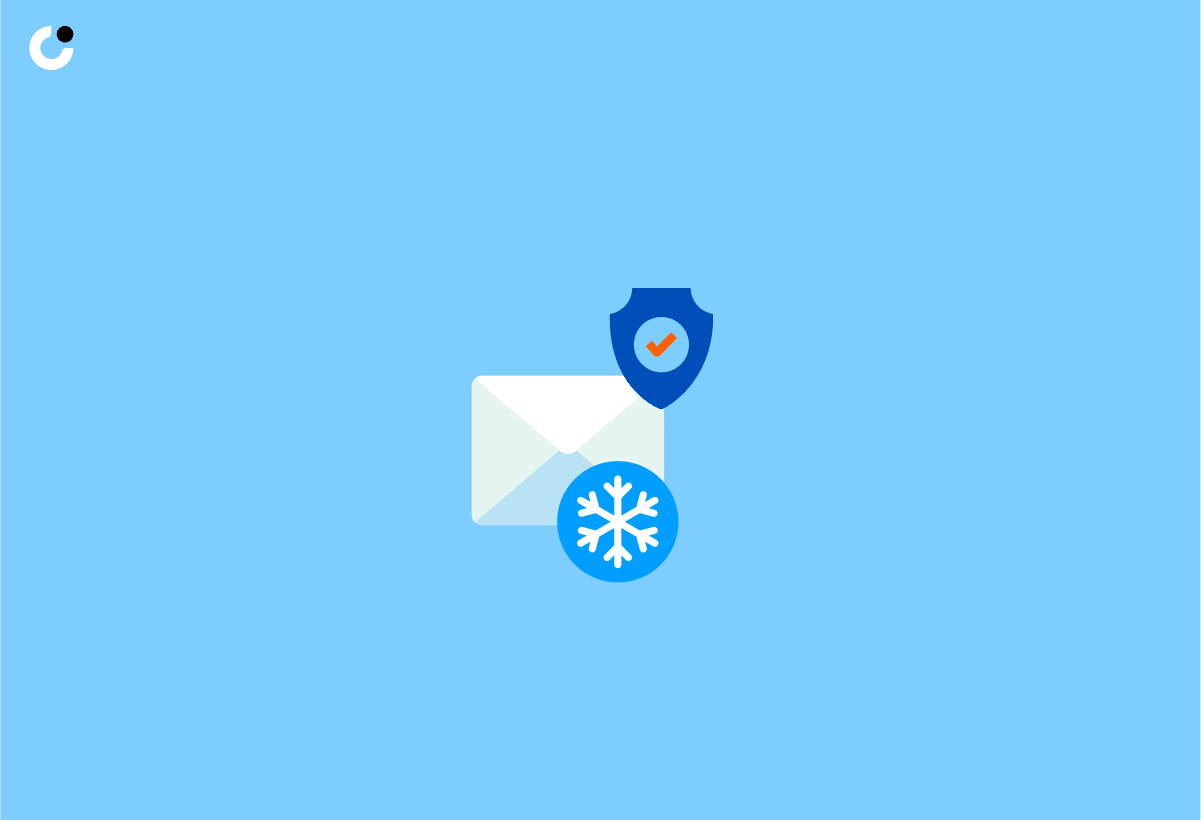With the growing importance of data privacy, the General Data Protection Regulation (GDPR) has significantly impacted the way businesses conduct their cold emailing campaigns. Ensuring cold email GDPR compliance is now crucial for companies to avoid hefty fines and protect the personal data of their prospects. But how can you make sure your cold emails are GDPR-compliant without sacrificing their effectiveness? In this blog post, we will guide you through a 5-step process to craft cold email GDPR-compliant messages and maintain the trust of your prospects.
Key Takeaways
- Understand GDPR principles and their impact on cold emailing.
- Follow key principles for compliance, including lawfulness, transparency, purpose limitation & data minimization.
- Handle complaints & inquiries professionally to maintain trust with prospects and ensure legal compliance.
Understanding GDPR and Its Impact on Cold Emailing

The General Data Protection Regulation (GDPR) came into effect in 2018, aiming to protect the personal data of EU citizens. It has a direct impact on cold emailing practices, as companies must be mindful of how they process and utilize personal data, including:
names
phone numbers
email addresses
mobile device IDs
IP addresses
Cold emails, a popular marketing strategy often used in a cold email campaign, now need to be more transparent and consent-driven to stay cold email GDPR compliant with regulations.
Businesses aiming for GDPR compliance in cold emailing should:
Grasp the regulation’s fundamental principles
Safeguard the collection and storage of data
Notify data owners when their personal data is shared
Be ready to disclose the source of the prospect’s data upon request
This way, businesses can continue to leverage the power of cold emails while staying on the right side of the law.
Key Principles of GDPR Compliance for Cold Emails
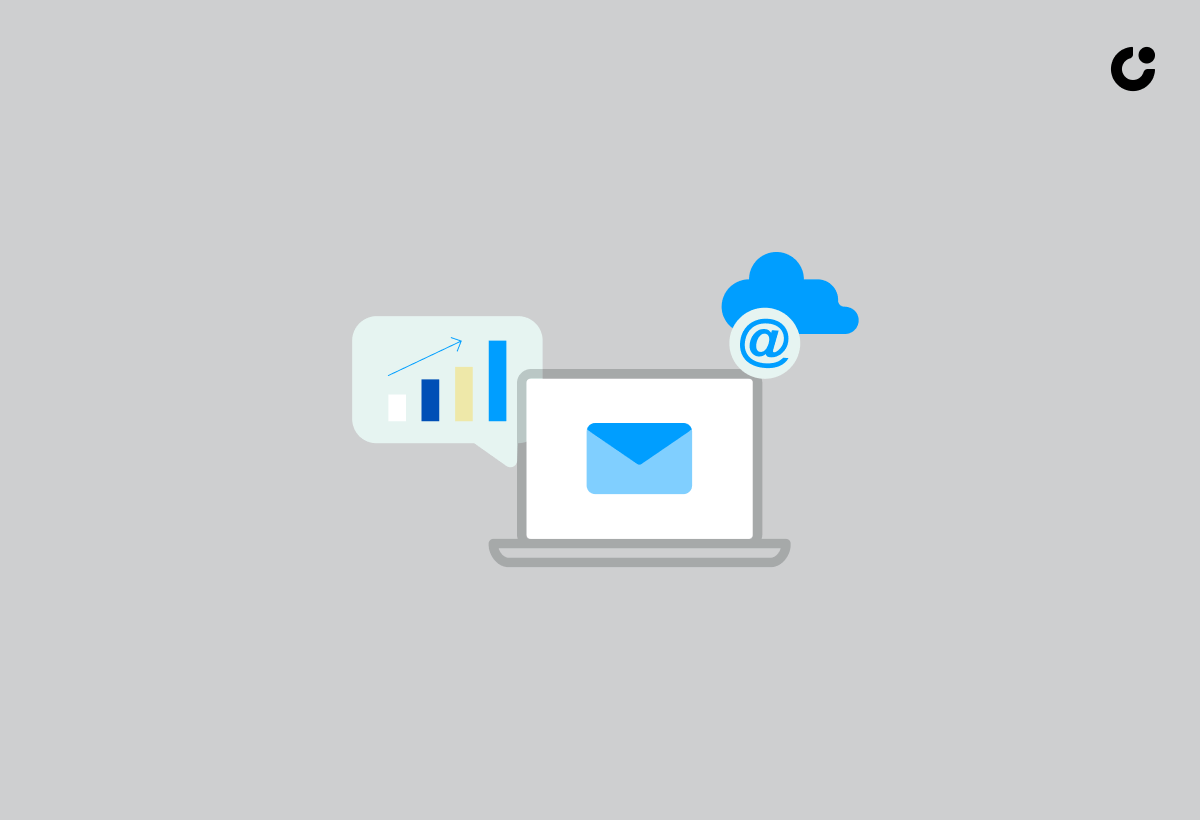
Maintaining GDPR compliance in cold emailing entails adhering to the principles of lawfulness, transparency, purpose limitation, data minimization, accuracy, and storage limitation.
The subsequent subsections will provide an in-depth exploration of these principles, along with practical guidance on their application in your cold email campaigns.
Lawfulness and Transparency
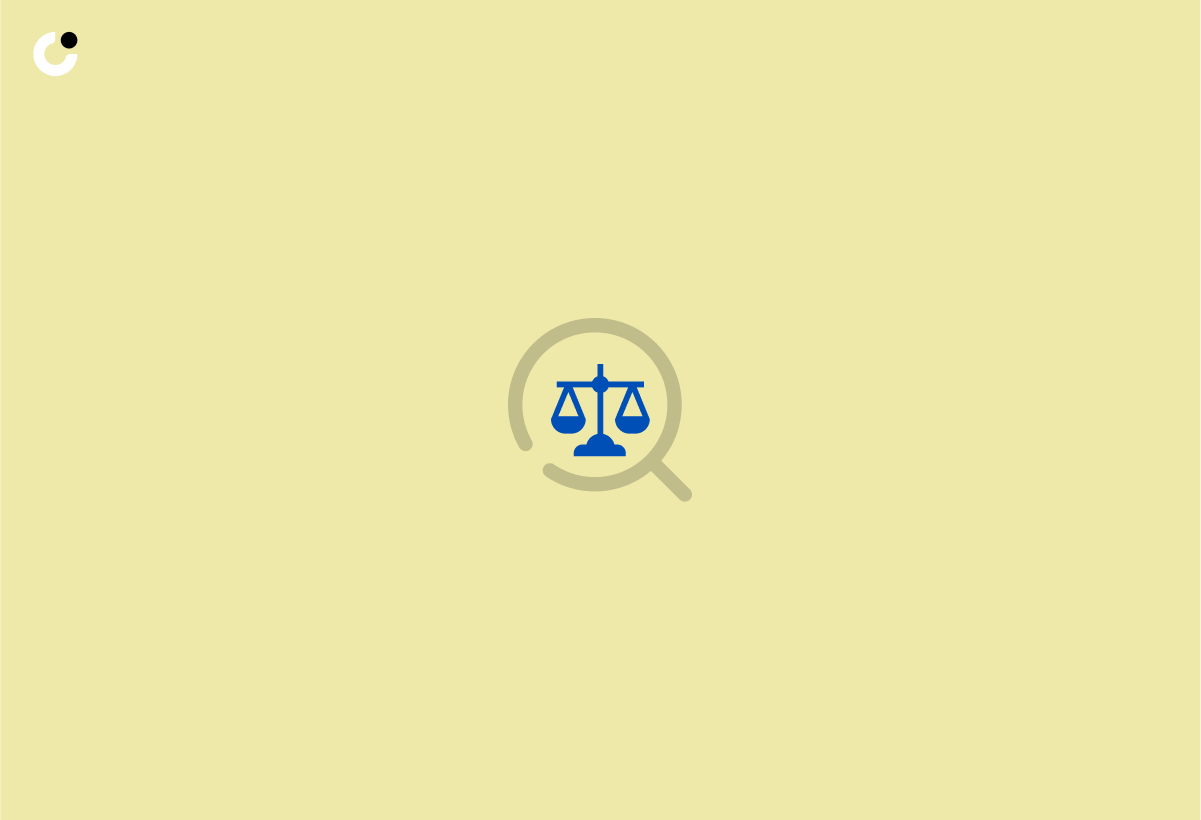
Lawfulness, fairness, and transparency are critical when it comes to GDPR compliance. One must ensure the processing of personal information is done legally, fairly, and transparently. Individuals must be aware of how their data is collected and used, to help prevent unauthorized usage and further processing. To obtain personal data from an EU resident, the following requirements must be met:
A positive indication and express agreement are required from the data owner.
Consent must be provided in a clear and accessible form, with the purpose of data processing clearly stated.
Consent cannot be implied through silence, pre-ticked boxes, or inaction of the data subject.
As you obtain consent, remember to:
Detail the purpose of data processing
Secure express consent before storing lead’s email addresses in a CRM or similar software
Clearly mention who is asking for the consent and how they can withdraw it
Provide all the necessary details to ensure fair processing
This transparency will not only keep you compliant with GDPR but also help build trust with your prospects.
Purpose Limitation and Data Minimization

The GDPR dictates that personal data collection must serve specific, explicit, and legitimate purposes, and any further processing should align with these purposes. It is important to include an unsubscribe link at the bottom of your email for every message you send. This ensures that subscribers are able to follow compliance guidelines. Prudence in selecting data and prospects for cold emailing is key to circumventing GDPR consequences and upholding data security.
When gathering personal data in compliance with GDPR, the adequacy and relevancy of data collection should be assessed to ensure collection is limited to necessary data for the intended purpose. Data minimization in GDPR requires limiting the collection of personal information to the necessary amount for the intended purposes of processed personal data.
Achieving this requires precision in defining ideal prospects and their respective segments, and tailoring the copy and campaigns to meet these prospects’ needs and challenges. By focusing on relevancy and adequacy in data collection, your cold emails will be more targeted, effective, and GDPR-compliant.
Accuracy and Storage Limitation

The GDPR’s accuracy principle demands personal information to be accurate, current, and subject to amendment or removal upon detection of inaccuracies. Ensuring the accuracy of the data you process not only helps you stay compliant with GDPR but also increases the effectiveness of your cold email campaigns. Inaccurate data can lead to wasted resources and damage your sender reputation.
As per the GDPR, personal data should be held for processing only as long as necessary. Once it is no longer necessary, it should be discarded. This storage limitation principle plays a crucial role in ensuring data security and minimizing the risk of data breaches. Consistently updating and purging your contact records not only ensures compliance but also contributes to a healthy mailing list for your cold email campaigns. Properly storing personal data is essential for the success of your cold email strategy.
Legitimate Interest as a Basis for Cold Emails

Legitimate interest is one of the six legal bases for processing data under the GDPR. It is defined as a business’s interest in running and managing its activities. It can be used as a lawful basis for sending cold emails if certain criteria are met. A legitimate interest is deemed legally valid if the processing is necessary for the legitimate interests of the controller or a third party, unless these interests are overridden by the interests or fundamental rights and freedoms of the data subject, particularly when the data subject is a child.
Using legitimate interest as a basis for data processing requires a deep understanding of the complete context and rationale behind employing legitimate interests. This means that you need to be able to justify the use of personal data for your cold email campaigns and demonstrate that the benefits of your campaign outweigh any potential negative impacts on the data subject’s privacy rights. This balancing act between business needs and individual privacy rights is at the heart of using legitimate interest as a basis for cold emails under GDPR.
If your data processing is based on legitimate interest, your cold email content should clearly explain this legitimate interest. This explanation should outline the rationale behind the offering’s relevancy and the purpose of your outreach. By being transparent about your legitimate interest, you can ensure that your cold email campaigns are both GDPR compliant and effective in engaging your prospects.
Crafting GDPR-Compliant Cold Email Content

While it can be challenging to craft cold email content that captivates and complies with GDPR, it is feasible with the correct approach. Creating GDPR-compliant cold email content begins with clarifying the legitimate interest in the email copy. Clearly articulate the purpose and rationale behind your offering and the reason for your outreach. This will help establish trust with your prospects and demonstrate your commitment to data protection.
Another essential element of GDPR-compliant cold email content is offering an effortless unsubscribe option. Automating the opt-out process in cold emails is as straightforward as including an ‘unsubscribe link’ at the bottom of the email. This allows prospects to easily opt out of future communications and demonstrates your respect for their privacy rights.
Lastly, data accuracy is fundamental in crafting GDPR-compliant cold email content. Regularly update your contact information and ensure that your email campaigns are targeted towards the right audience. By focusing on accuracy, you not only stay compliant with GDPR but also increase the effectiveness of your cold emails, leading to better engagement and results.
Managing Your Cold Email Database Responsibly
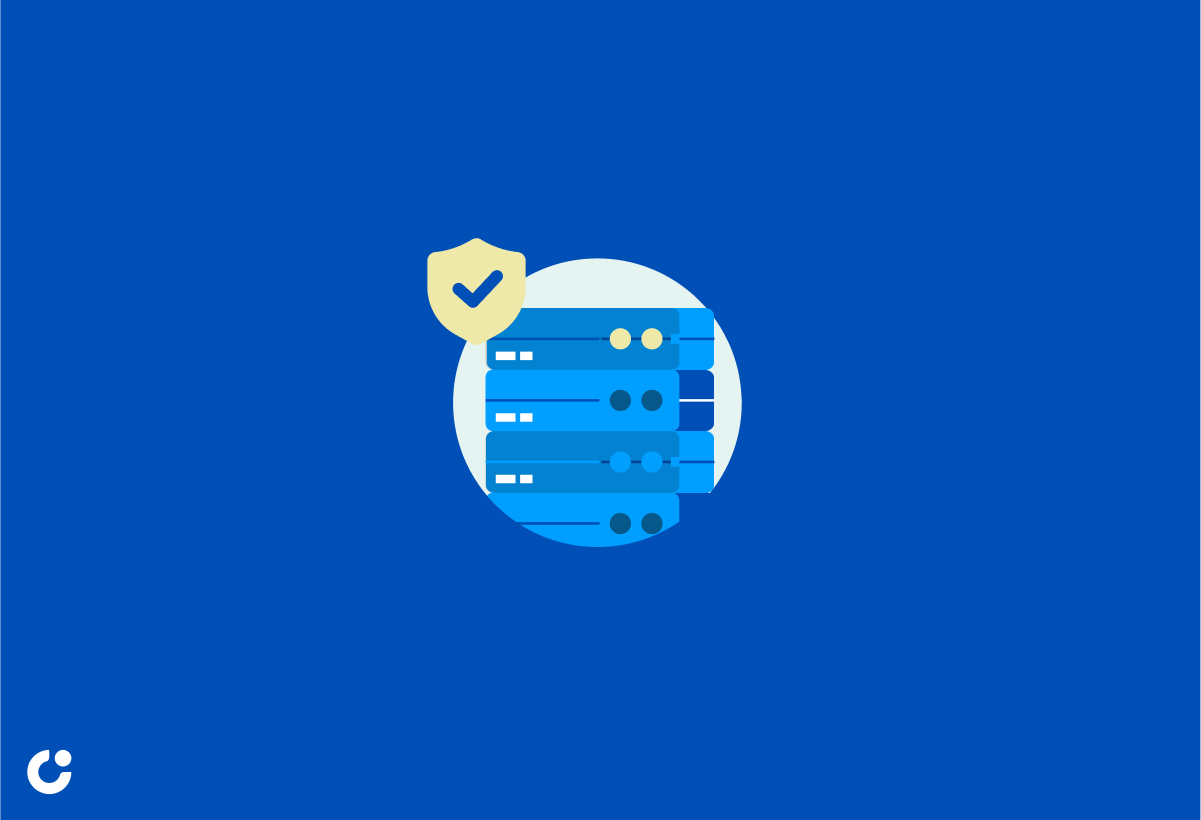
Maintaining a clean database is a key factor in ensuring GDPR compliance in cold emails. Regularly updating and cleansing your contact records not only keeps you in line with GDPR regulations but also helps maintain a healthy mailing list for your cold email campaigns. This includes removing outdated contact information, updating changes in job titles or companies, and ensuring that unsubscribed contacts are removed from your database.
Securing your cold email database involves implementing the following measures:
Physical access controls
Data access controls
System access controls
Input controls
Transmission control
Data segregation and backups
These measures will help prevent unauthorized access to your database and minimize the risk of data breaches, ensuring that your cold email campaigns remain GDPR compliant.
In addition to maintaining an accurate and secure database, it is also important to tag and trace the data collected for your cold email campaigns. Properly tagging data can help you track how personal data has been obtained and processed, making it easier for you to address any GDPR-related inquiries or issues that may arise. By managing your cold email database responsibly, you can ensure GDPR compliance and maintain the trust of your prospects.
Outsourcing List Building and GDPR Compliance

While outsourcing list building can conveniently help grow and maintain your cold email database, GDPR considerations remain vital. If you intend to utilize personal data that has been collected by a third party and the data subjects are EU citizens, GDPR is still applicable.
Ensuring GDPR compliance when outsourcing list building involves:
Understanding the GDPR regulations and their impact on data processing and protection
Scrutinizing existing processes and procedures for alignment with GDPR requirements
Confirming that the outsourcing provider demonstrates GDPR compliance and implements measures to safeguard personal data.
Furthermore, consideration should be given to contractual requirements that address GDPR compliance in the outsourcing arrangement, ensuring that the outsourcing provider handles personal data in accordance with GDPR guidelines. If you are utilizing a list building service such as Taskeater, consult with your account manager to ascertain the sourcing process being employed and ensure GDPR compliance.
By carefully selecting your outsourcing provider and ensuring that they adhere to GDPR regulations, you can maintain a compliant cold email database while still benefiting from the convenience and efficiency of outsourcing list building.
Handling GDPR Complaints and Inquiries
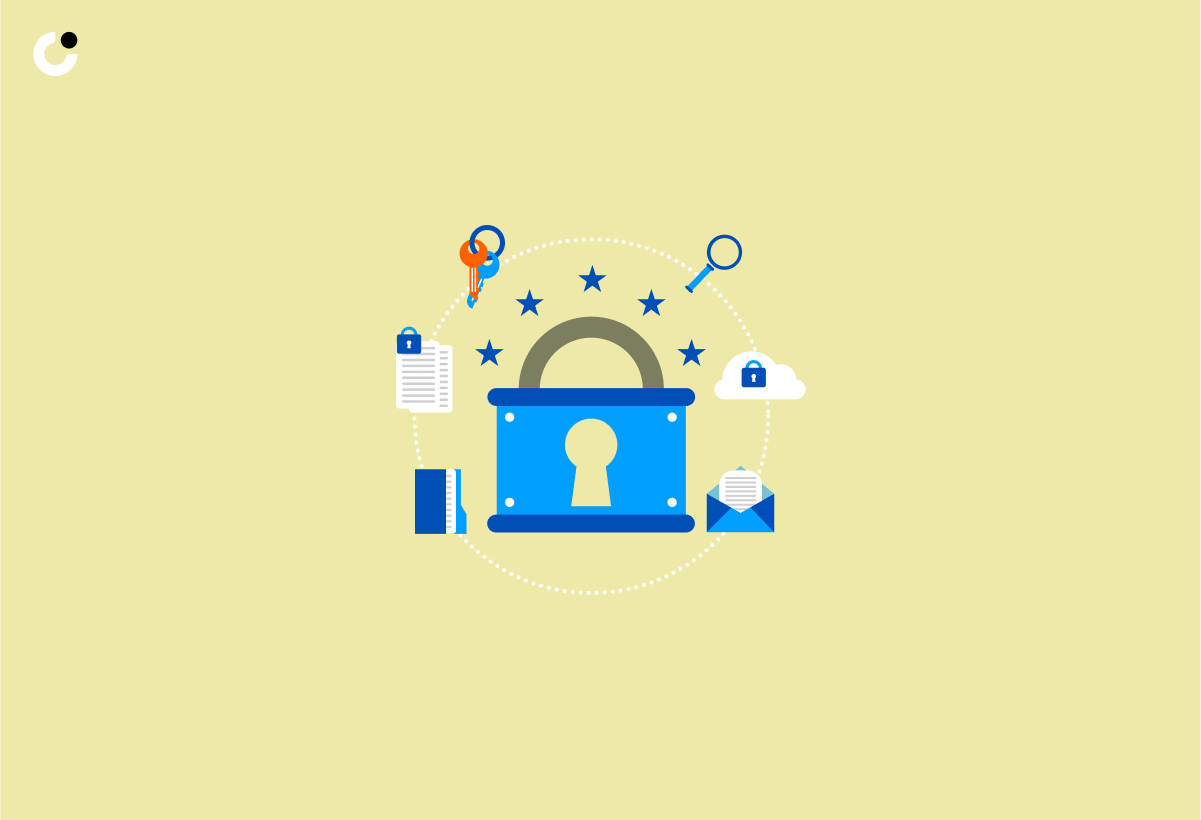
Addressing GDPR complaints and inquiries from prospects forms an integral part of cold email campaigns. Being prepared with informative responses and complying with GDPR guidelines will not only help you address any concerns but also demonstrate your commitment to data protection. To ensure compliance with GDPR regulations, you should:
Clearly articulate the purpose and legitimate interest of the email
Be transparent about the sender’s identity
Offer an opt-out option for recipients
Only contact individuals who can benefit from the product or service
Explain how the product or service can benefit the recipient
When responding to inquiries about processed data from prospects, be prepared to address any queries about data processing, storage, and protection. As a data processor, this may include providing information on how their data is being processed, the purpose of the processing, and any measures taken to ensure data security. By being transparent and informative, you can build trust with your prospects and demonstrate your commitment to GDPR compliance, as well as addressing any concerns about further data processing.
In case of a GDPR-related complaint, taking the issue seriously and providing a prompt response is essential. This may involve:
Updating your contact records
Reviewing your data processing practices
Making changes to your cold email content to ensure compliance with GDPR regulations
By handling complaints and inquiries professionally and proactively, you can make sure to maintain the trust of your prospects and stay on the right side of the law.
GDPR Best Practices for Non-EU Businesses
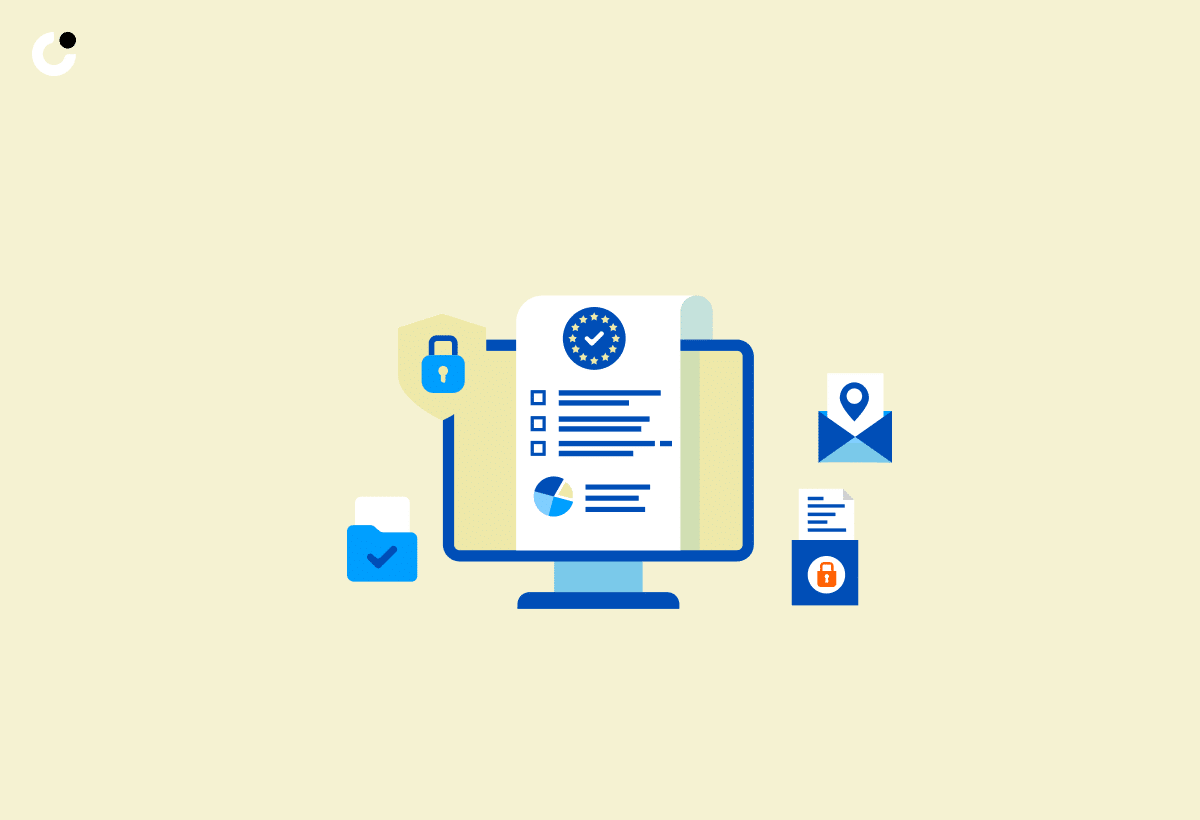
Despite being an EU regulation, GDPR’s extraterritorial jurisdiction implies its applicability to all companies processing personal data of data subjects residing in the European Union, irrespective of the company’s location. This has significant implications for non-EU businesses that process data from individuals located in the EU or target EU residents with their marketing. To ensure GDPR compliance, non-EU businesses must assess if their services are targeted at individuals in the EU and clarify any related issues. They should also be aware that tracking the data of EU citizens living outside the EU may not require GDPR compliance, but it is essential for these businesses to stay informed of the GDPR’s implications and take the necessary steps to comply with the regulations.
Non-EU businesses must implement data protection measures, including protecting personal data, to maintain GDPR compliance. This involves collecting, storing, and managing personal data in accordance with the GDPR regulations, and potentially appointing a Data Protection Officer (DPO) if they process or store a significant amount of EU citizen data or special personal data. Non-EU businesses that fail to comply with GDPR may face fines of up to 10 million euros or 2% of their total global revenue for the preceding fiscal year.
Adoption of GDPR best practices enables non-EU businesses to not only ensure compliance but also showcase their dedication to data protection and privacy. This can help build trust with prospects, enhance their reputation, and ultimately contribute to the success of their cold email campaigns.
Summary
In conclusion, crafting GDPR-compliant cold emails is a crucial aspect of modern marketing campaigns. By understanding the importance of GDPR, adhering to its key principles, and implementing best practices for cold email content, database management, outsourcing, and handling complaints and inquiries, businesses can ensure compliance while still leveraging the power of cold emails to engage prospects and drive results. As data privacy continues to grow in importance, staying compliant with GDPR will not only protect your business from potential fines and penalties but also help build trust and maintain the long-term success of your cold email campaigns.
Frequently Asked Questions
Is cold emailing GDPR compliant?
Cold emails are GDPR compliant and the point of GDPR is not to limit cold email marketing or make it difficult to contact prospects. It is focused on protecting the legitimate interest of EU citizens when it comes to their personal data in the digital world.
Is cold emailing illegal?
Cold emailing is not illegal, though businesses need to take care to comply with anti-spam laws and regulations like the CAN-SPAM act or GDPR to avoid any legal repercussions. Nevertheless, cold emailing does come with risks, as it can damage a business's reputation and lead to recipients marking emails as spam or unsubscribing.
What is the main purpose of GDPR?
The main purpose of GDPR is to protect the personal data of EU citizens by regulating its processing and utilization by businesses.
Can legitimate interest be used as a basis for sending cold emails under GDPR?
Yes, legitimate interest can be used as a basis for sending cold emails under GDPR, provided the criteria are met and the benefits outweigh any potential negative impacts on data subject's privacy rights.
How can I ensure that my cold email content is GDPR-compliant?
To ensure my cold email content is GDPR-compliant, I should include a clear explanation of the legitimate interest and provide an effortless unsubscribe option. Additionally, I must make sure that the data provided is accurate.

